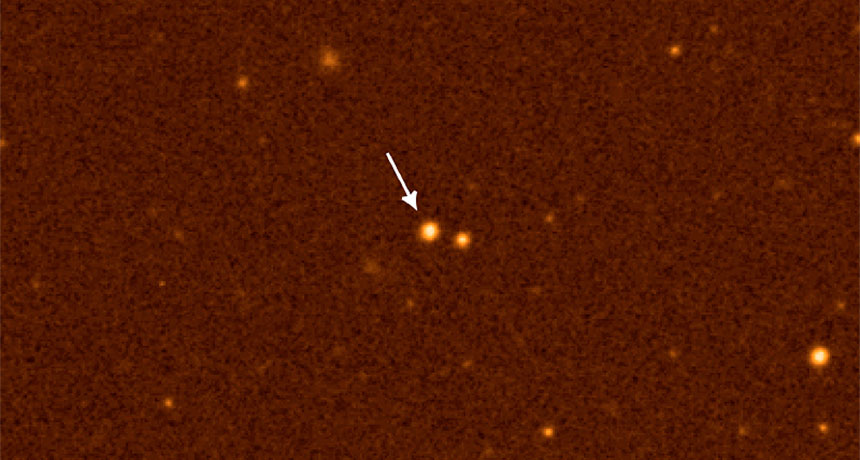
OLDER THAN IT LOOKS Some very old stars in the Milky Way, such as HE 0107-5240 (arrow), might be first-generation stars in disguise, a new study suggests.
ESO

OLDER THAN IT LOOKS Some very old stars in the Milky Way, such as HE 0107-5240 (arrow), might be first-generation stars in disguise, a new study suggests.
ESO